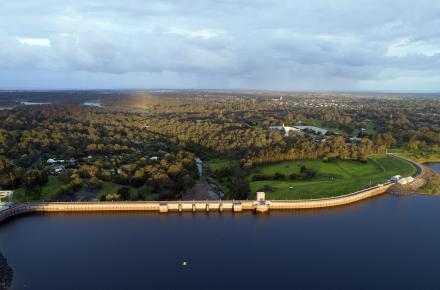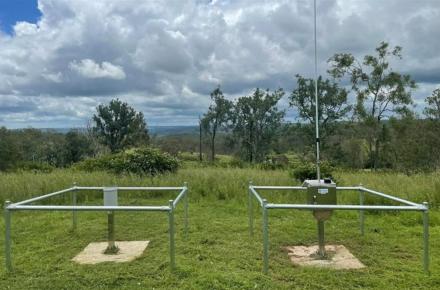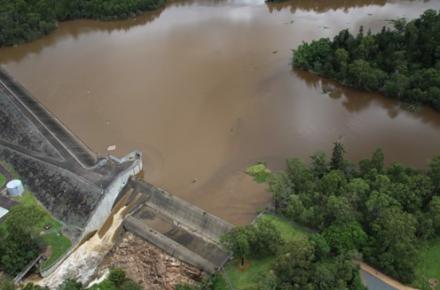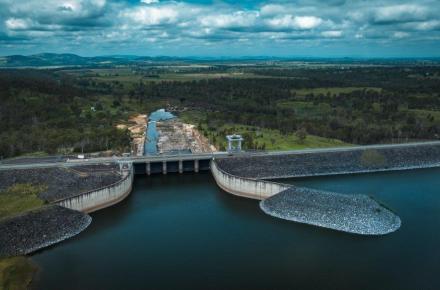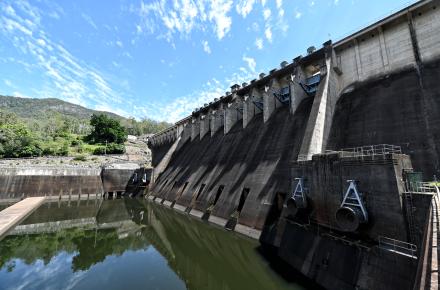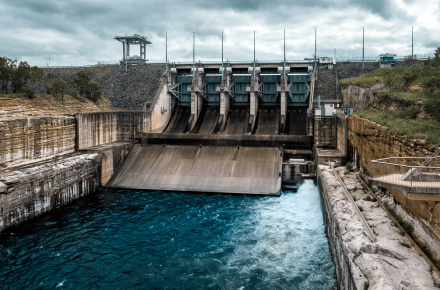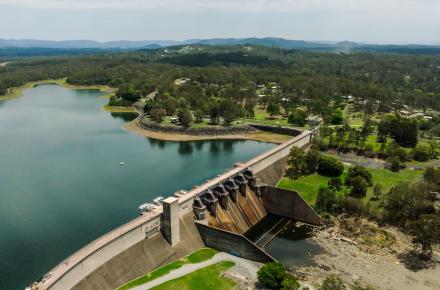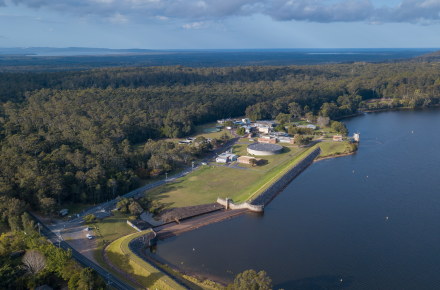The program will focus on the waterways supplying South East Queensland’s most important water treatment plants at Mt Crosby, which supply up to 50 per cent of the region’s daily drinking water.
Seqwater Chief Executive Officer, Neil Brennan said the funding agreement with HLW was the largest physical weed management program ever delivered across SEQ waterways and reflected Seqwater’s partnership approach in protecting the region’s drinking water catchments.
Seqwater’s catchment partnerships include the Lake Baroon Catchment Care Group, Noosa and District Land Care Group, Mary River Catchment Coordinating Committee and the Pine Rivers Catchment Association.
“Seqwater and Healthy Land and Water share a commitment to sustainable catchment management, restoring and protecting our drinking water sources and working with the community to protect water quality,” Mr Brennan said.
“Working with established land care and conservation groups like HLW across the region allows Seqwater to tap into local knowledge and better connect with the communities we serve.’’
Healthy Land and Water Chief Executive Officer Julie McLellan said the approach to bundle the delivery of multiple waterway improvement works under one program will mean better outcomes and collaboration.
“What makes this program special is the fact we’re working with landholders and local groups across multiple waterways and catchments which have previously been done as one-off or in isolation,” Ms McLellan said.
“Working together means we’ll cover a larger area and have a greater impact.’’
The partnership follows a successful 18-month trial project in the Mid Brisbane River and will involve working with HLW and landholders along the Lockyer Creek, Mid and Upper Brisbane and Stanley River. Works will also be undertaken in the Warrill Creek and Logan River.
The program will target highly invasive species including Cats Claw, Madeira Vine and Chinese Celtis which destroy native vegetation. Native plants that sit along the banks of waterways help protect water quality by reducing the amount of sediment and other pollutants that enter streams, lakes and other surface water.




